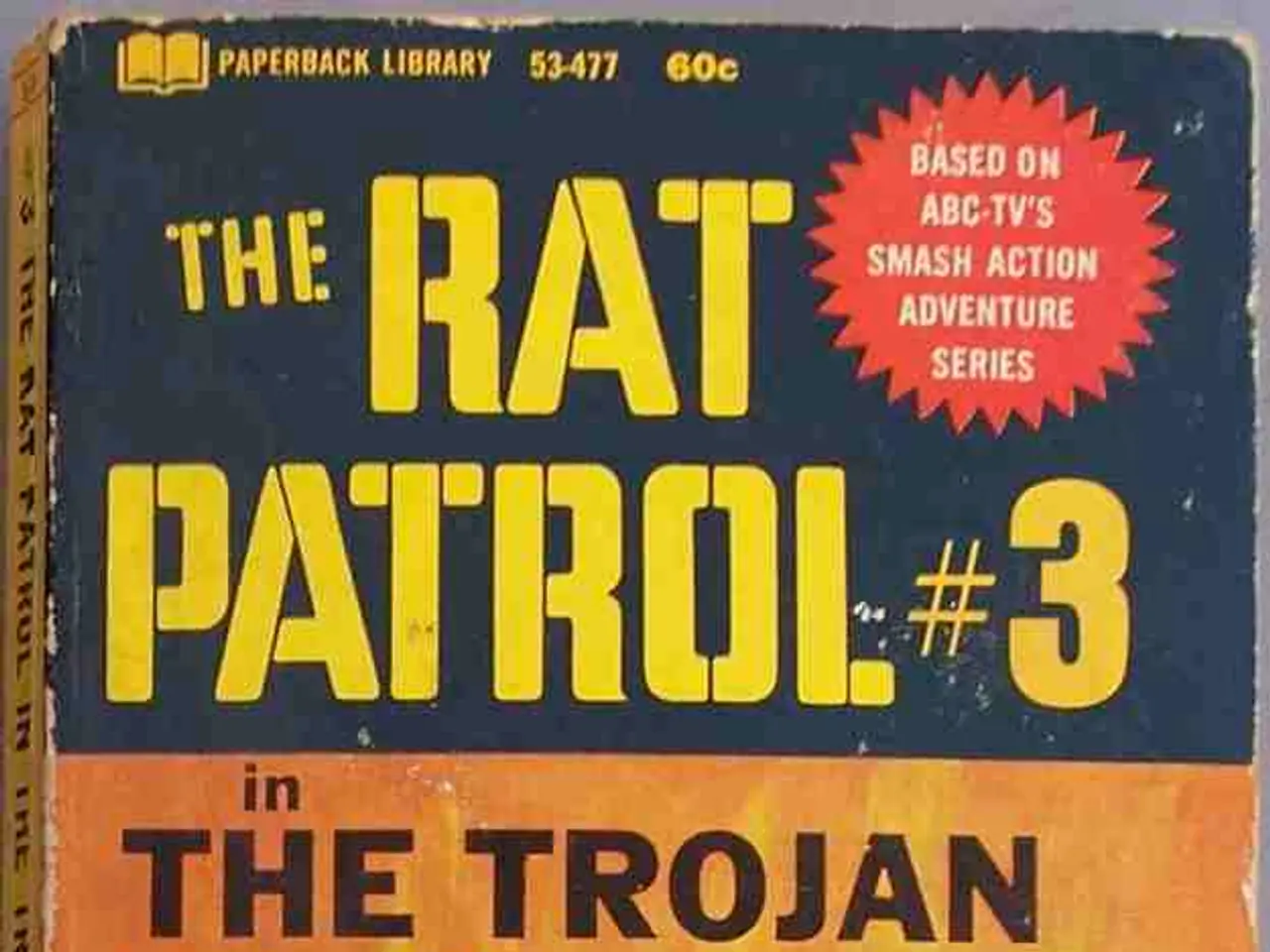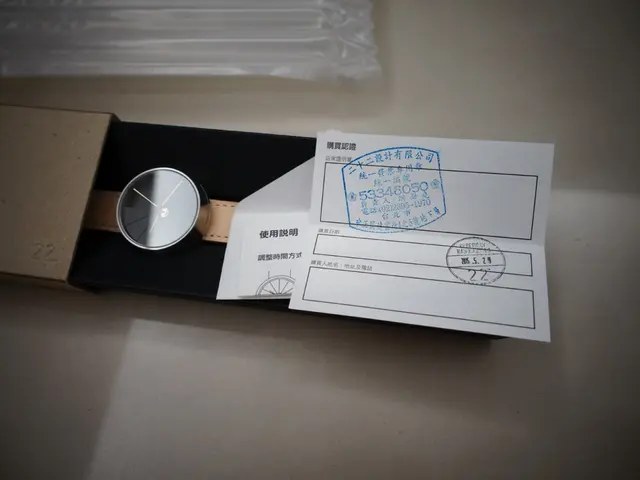Thirty-three Pre-war America Propaganda Posters, Not Always Politically Sensitive
=========================================================================================
In the heat of war, governments often resort to powerful tools to rally their citizens. During World War 1 and 2, the United States employed a variety of strategies, including the creation of striking propaganda posters.
During World War 2, these posters were a common sight, using bright colours, sensational language, and humour to draw viewers in and encourage them to support the war effort. Over 200,000 designs were created, with a special emphasis on patriotism, enlistment, and the importance of seemingly menial tasks like growing food or conserving products.
One example of humorous propaganda depicted Hitler with his pants down and a slogan that read, "Let's catch him with his 'panzers' down!" This light-hearted approach was used to make the message more appealing and memorable.
The U.S. government took the production and distribution of propaganda seriously, creating special agencies like The Writers War Board to oversee the process.
Looking back at World War 1, the propaganda campaign was equally as impactful. Notable posters include "I Want You for U.S. Army," featuring Uncle Sam pointing directly at the viewer, created by James Montgomery Flagg. This poster became one of the most famous American recruiting images and was reused in World War 2.
Another notable poster, also by Flagg, was "Be a U.S. Marine!" encouraging enlistment in the Marines. Posters by Howard Chandler Christy, such as large linen-backed authentic vintage WWI posters, were also widely distributed, often depicting heroic and patriotic scenes to inspire enlistment and war support.
The Uncle Sam figure itself was established by earlier cartoonists and became a longstanding symbol of the U.S., popularized in this form by Flagg's WWI artwork. These posters typically aimed to motivate men to join the military by appealing to patriotism and personal duty.
Printed on durable materials and designed to catch attention, these visual campaigns were extremely effective in mobilizing public support and military enlistment. Today, some of the most striking World War 2 propaganda posters can be found in the gallery above, while World War 1 posters are also available to view with links provided for further exploration.
These propaganda posters serve as a testament to the power of visual communication in times of war. They remind us of the ways in which governments have historically sought to inspire, motivate, and mobilize their citizens.
Historical figures, such as James Montgomery Flagg and Howard Chandler Christy, played significant roles in creating entertainment that was also propaganda during World War 1 and World War 2, making their work both historically and culturally valuable. The use of entertainment in propaganda strategies, whether through humor or heroic scenes, was a strategic method to engage and appeal to the public, demonstrating how art and politics can intertwine in times of war.








